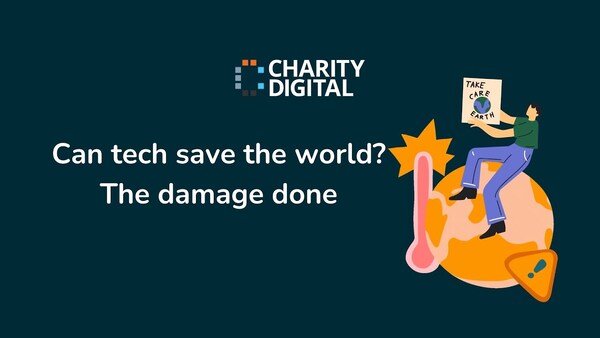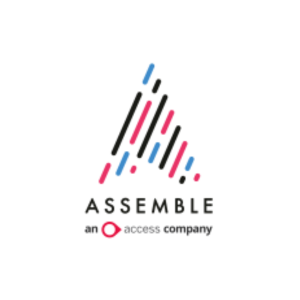Insights
INSIGHTS
All Topics
The top HR trends for 2024
08 Apr 2024by Mary Wessel
We look at the top human resources trends of 2024, including the impact of AI, the general focus on skills, embedding HR-specific tech, and so much more
The way you recruit, develop, and support your staff is crucial for the success of your organisation. Get it right, and you can enable teams to deliver their best and feel positive about work. Get it wrong, and you might have unhappy, dissatisfied employees – and that’s never a recipe for success.
Here we outline some of the key human resource (HR) trends for the coming year – from embedding HR tech through to upskilling teams. Keeping an eye on future trends can help your HR team stay ahead, meaning you can focus fully on achieving your mission.
Impact of AI
The rapid growth of artificial intelligence (AI) was the talk of the town in 2023 and after all that excitement 2024 will be the time to explore, embed, and integrate the use of AI tools.
HR teams can benefit from AI tools in a range of ways – from saving hours of time sourcing candidates, to removing bias when recruiting, using chatbots to help with onboarding, or analysing data from staff surveys. It can help take the slog out of many repetitive tasks, leaving people to spend more time focusing on the more human side of human resources.
But while the Charity Digital Skills Report 2023 found that 78% of charities believe AI is relevant to their charity and could transform it, 73% say they don’t feel prepared to respond to the opportunities and challenges it brings.
Training up staff will be key to the successful use of AI (more of that below) and you’ll need to stay aware of any ethical or privacy issues related to using new AI tools. Always get professional advice if you’re unsure that you’re meeting your data protection requirements.
Skills-based learning and development
Powering up teams will be essential if they’re to make the most of rapidly-evolving tech. In fact, over half of charities surveyed in the Charity Digital Skills Report 2023 were keen to grow digital skills and confidence among staff and volunteers.
The survey found that the most preferred way of skilling-up staff was through self-service training (finding online information or guidance), with peer advice as the next most popular route. We share some other ways to train and develop your team.
Delivering learning and development opportunities helps to build a motivated team. Not only does it show respect and commitment to your employees’ professional growth, it brings new skills into your organisation, which will be crucial to keeping on track with new tools and tech.
A focus on skills
If you’re facing a talent shortage and finding it hard to fill certain roles, shifting your focus from jobs to skills could be the solution.
That might mean first surveying your organisation to get a really strong grasp of which skills teams already have in place. From there you can work to fill in the gaps – those that you have now, as well as those that you’re likely to have in the near future.
Upskilling existing team members (as talked about above) is one way to meet any skills shortages. And as well as being a great benefit for employees it opens up opportunities for internal promotions.
When you’re looking for external recruits, it might be finding it hard to attract candidates at the salary level you’re able to offer. In that situation, offering a strong commitment to training and development is a big plus.
That’s because training and development opportunities are one of the top five benefits that candidates look for in a new employer – and good professional development certainly isn’t a given. TPP found that 61% of respondents to a recent survey said their role didn’t offer progression and development opportunities. Get it right and it could set you apart from other organisations and help you to attract great new team members.
Embedding HR-specific tech
2024 is the year many charities will find themselves embedding new HR-specific tech. There are countless new tools and products out there, offering options for HR teams to become more efficient, agile and informed.
HR tech toolboxes might include systems to help with applicant tracking or performance management, through to platforms to deliver online learning, better manage remote working or to monitor staff turnover. The trick is to find and embed those tools that will best work for your organisation.
To do that, you might need to build tighter connections between IT and HR teams to identify and collaborate on the most suitable HR tech stacks. You might also need to talk through any potential data protection or privacy rights issues with a data protection expert.
Getting the right tools in place won’t only make life easier for your HR team but can improve work-life for people right across the organisation.
Mary Wessel
More on this topic
Recommended Products
Recommended Products
Featured Products
Related Videos
Our Events
Charity Digital Academy
Our courses aim, in just three hours, to enhance soft skills and hard skills, boost your knowledge of finance and artificial intelligence, and supercharge your digital capabilities. Check out some of the incredible options by clicking here.




















